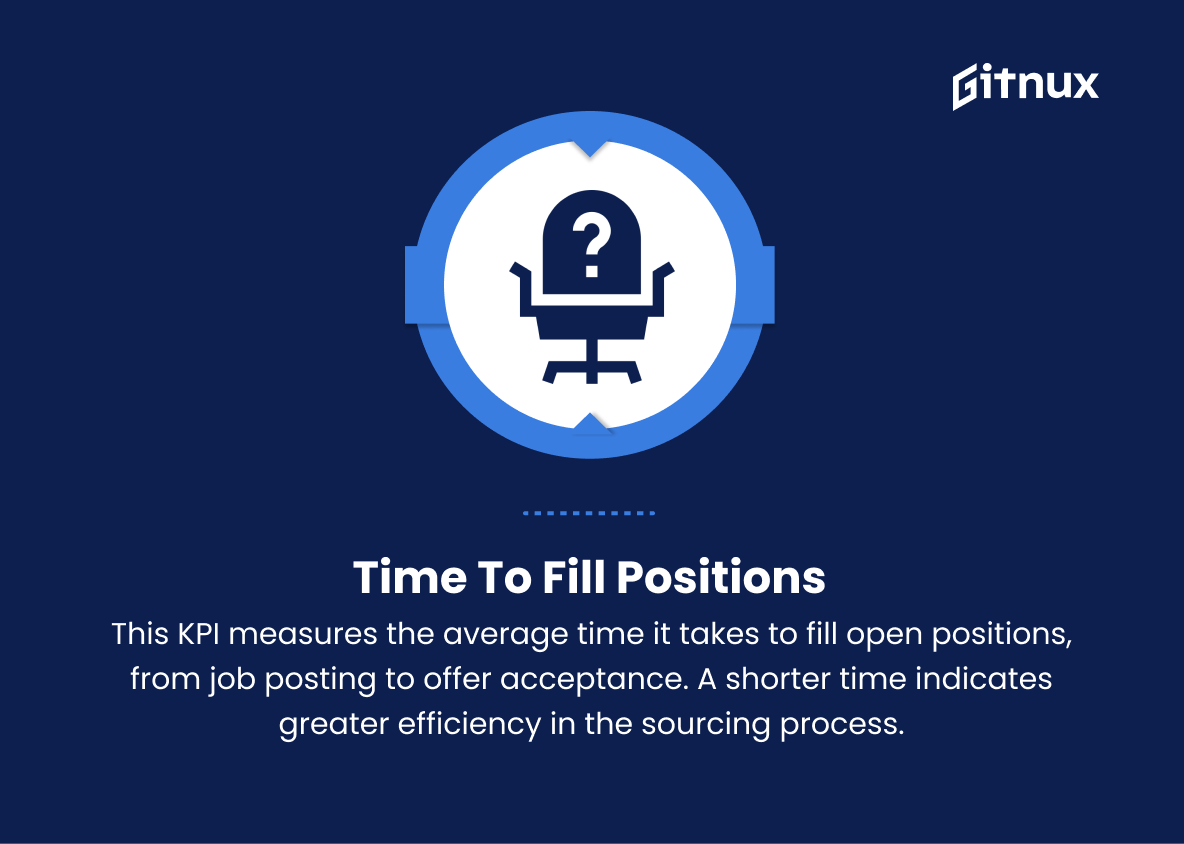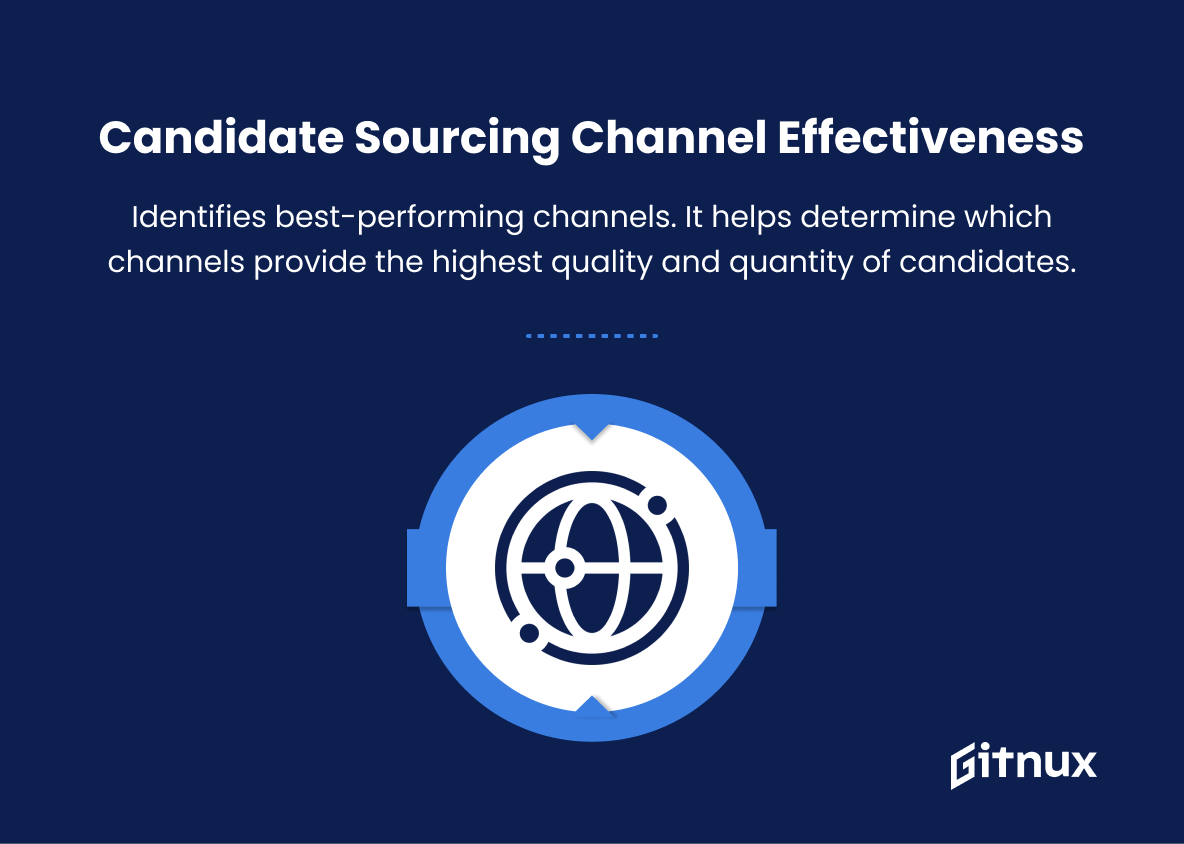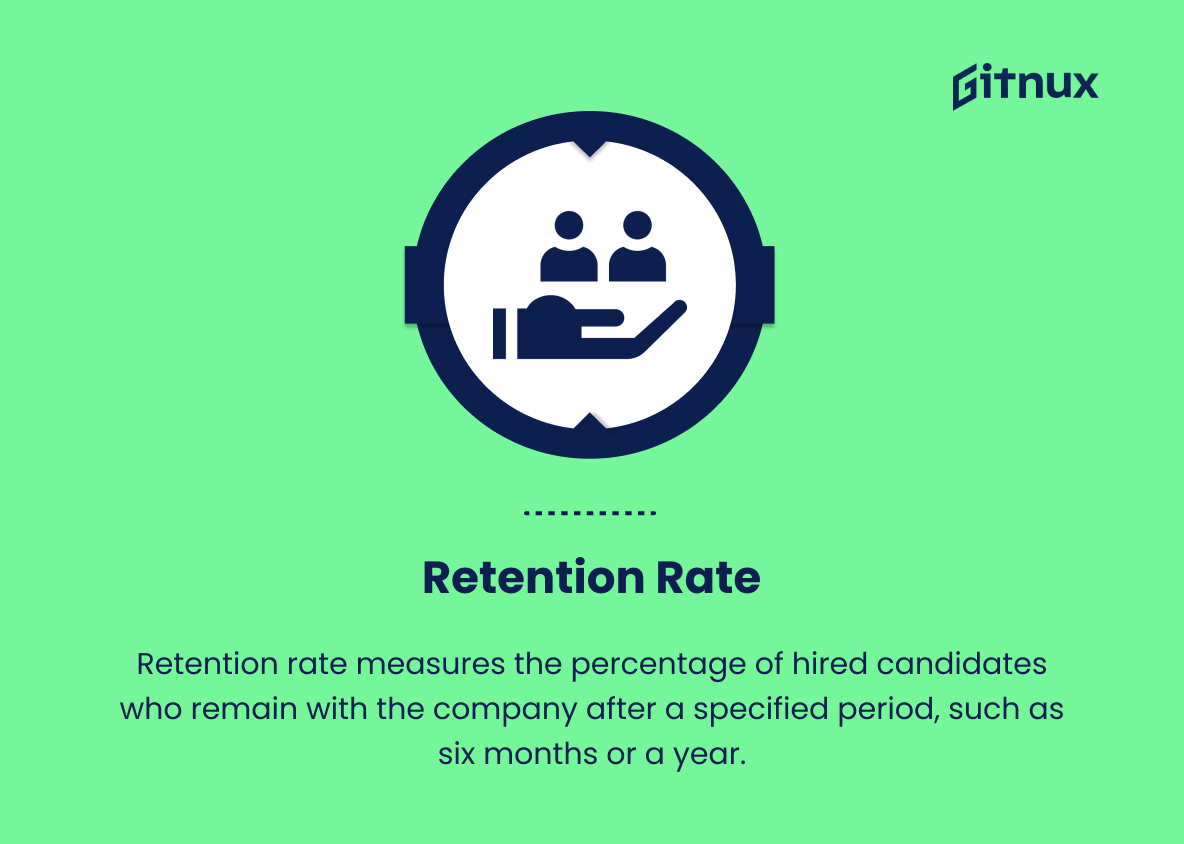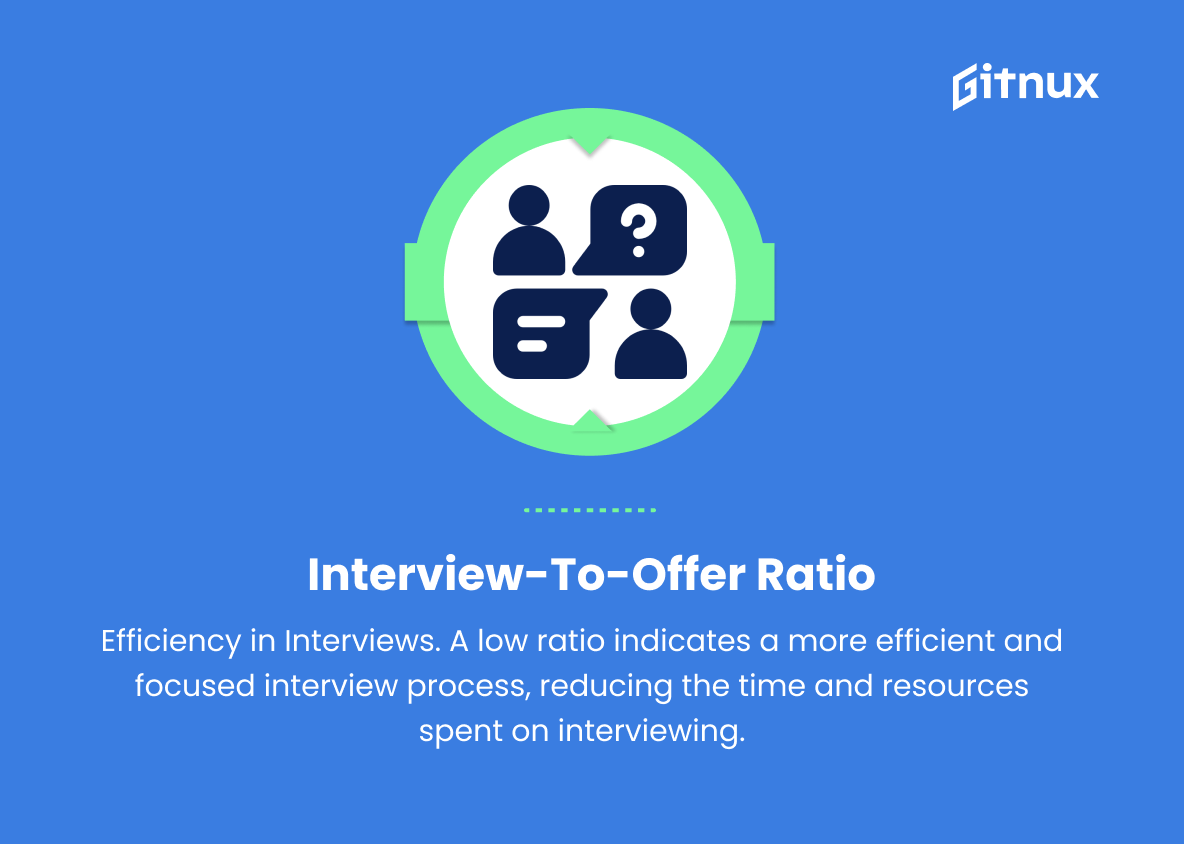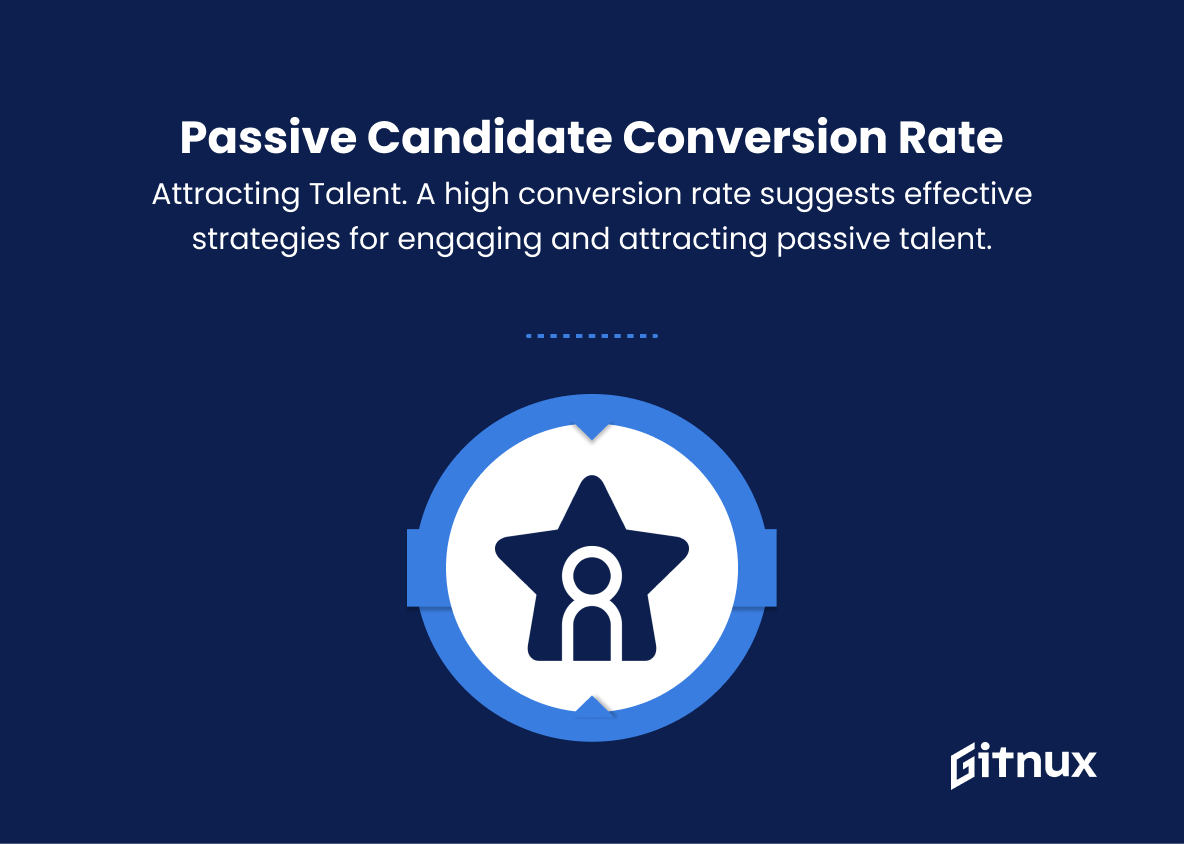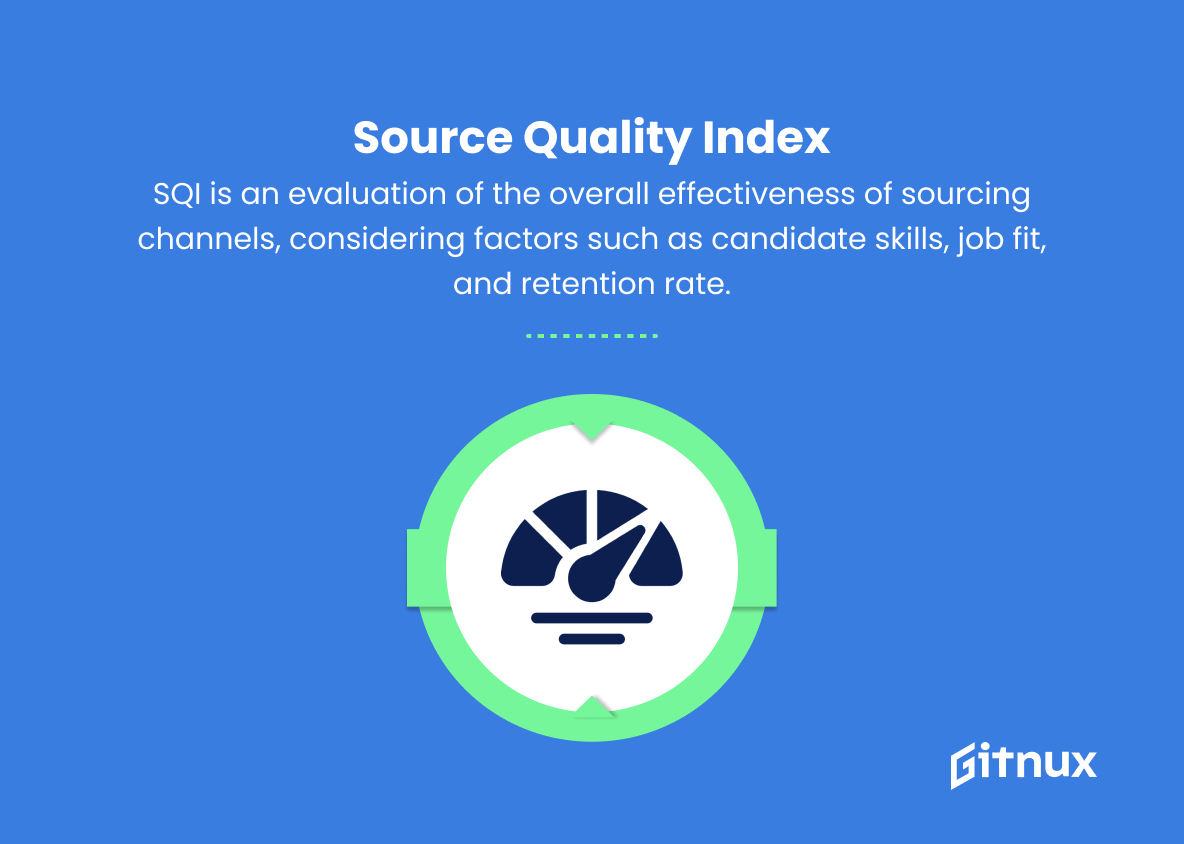In today’s increasingly competitive business landscape, effective sourcing is more crucial than ever for organizations striving to maximize their profits, streamline operations, and ensure excellence throughout their supply chain. A strong sourcing strategy not only drives cost savings but also serves as a catalyst for innovation and growth. To truly optimize and enhance our sourcing efforts, we must track our success using Sourcing Key Performance Indicators (KPIs).
These vital metrics provide invaluable insights into the performance of our sourcing initiatives and enable us to make informed decisions that directly impact the bottom line. In this blog post, we will delve into the world of Sourcing KPIs, examining their significance, exploring a range of essential KPIs, and offering practical advice on how to effectively implement and utilize these metrics to drive sustainable improvements across your organization.
Sourcing KPIs You Should Know
1. Time to fill positions
This KPI measures the average time it takes to fill open positions, from job posting to offer acceptance. A shorter time indicates greater efficiency in the sourcing process.
2. Cost per hire
Cost per hire calculates the total expense related to attracting, recruiting, hiring, and onboarding new employees, including advertising costs, agency fees, and employee time spent on recruitment tasks.
3. Qualified candidates per opening
This KPI measures the number of suitable candidates identified or sourced for each open position. A higher number indicates the effectiveness of the sourcing strategy in attracting talent.
In today’s increasingly competitive business landscape, effective sourcing is more crucial than ever for organizations striving to maximize their profits, streamline operations, and ensure excellence throughout their supply chain.4. Candidate sourcing channel effectiveness
This metric analyzes the success of various sourcing channels such as job boards, social media, employee referrals, and recruitment agencies. It helps determine which channels provide the highest quality and quantity of candidates.
5. Retention rate
Retention rate measures the percentage of hired candidates who remain with the company after a specified period, such as six months or a year. A high retention rate suggests that the sourcing process identifies and attracts candidates who align well with the organization and its culture.
6. Offer acceptance rate
This KPI measures the ratio of job offers accepted by candidates to the total number of offers extended. A higher acceptance rate indicates that sourced candidates find the job offers attractive and competitive.
A strong sourcing strategy not only drives cost savings but also serves as a catalyst for innovation and growth. To truly optimize and enhance our sourcing efforts, we must track our success using Sourcing Key Performance Indicators (KPIs).7. Candidate experience
Candidate experience evaluates the overall satisfaction of candidates with the recruitment process, from initial contact to the final decision. A positive candidate experience can influence employer branding and potentially attract more quality candidates.
8. Diversity of candidates
This metric looks at the demographics of sourced candidates, such as gender, age, ethnicity, and educational background. A diverse candidate pool fosters a more inclusive and innovative workplace.
9. Interview-to-offer ratio
The interview-to-offer ratio compares the number of candidates interviewed to the number of offers made. A low ratio indicates a more efficient and focused interview process, reducing the time and resources spent on interviewing.
10. Passive candidate conversion rate
This KPI measures the rate at which passive candidates (those not actively looking for a job) sourced by recruiters enter the hiring process or accept offers. A high conversion rate suggests effective strategies for engaging and attracting passive talent.
11. Time to Present Qualified Candidate
This KPI measures the average time it takes to identify and present a qualified candidate to the hiring manager. Faster times indicate efficiency in the initial stages of the recruitment process.
12. Source Quality Index (SQI)
SQI is an evaluation of the overall effectiveness of sourcing channels, considering factors such as candidate skills, job fit, and retention rate. Various sourcing channels are assigned an SQI score, helping organizations to optimize their recruitment efforts.
Sourcing KPIs Explained
Sourcing KPIs are essential in evaluating the effectiveness of an organization’s recruitment process. They provide insight into the efficiency, costs, and quality of talent acquisition strategies, such as time to fill positions and cost per hire. By measuring qualified candidates per opening, candidate sourcing channel effectiveness, and retention rate, organizations can determine whether they are attracting the right candidates who align with their culture and business needs.
Offer acceptance rate, candidate experience, and diversity of candidates help ensure that the recruiting process is competitive and inclusive, fostering a positive employer brand and a robust workforce. The interview-to-offer ratio, passive candidate conversion rate, time to present qualified candidates, and Source Quality Index (SQI) help organizations streamline their recruitment efforts, utilize effective sourcing channels, and optimize resources to find the right talent to grow and succeed.
Conclusion
In summary, effective Sourcing KPIs are essential for any organization aiming to optimize their procurement strategies and drive long-term value. Establishing the right Sourcing KPIs ensures continuous improvement in supplier performance, enhances the strategic position of procurement, and enables data-driven decision-making.
By establishing clear, measurable, and relevant KPIs, organizations can optimize their sourcing process, mitigate supply chain risks, and improve stakeholder satisfaction. As the global sourcing landscape continues to evolve, it is crucial for organizations to stay ahead of the curve and monitor their performance using robust and insightful sourcing KPIs that deliver tangible results.
